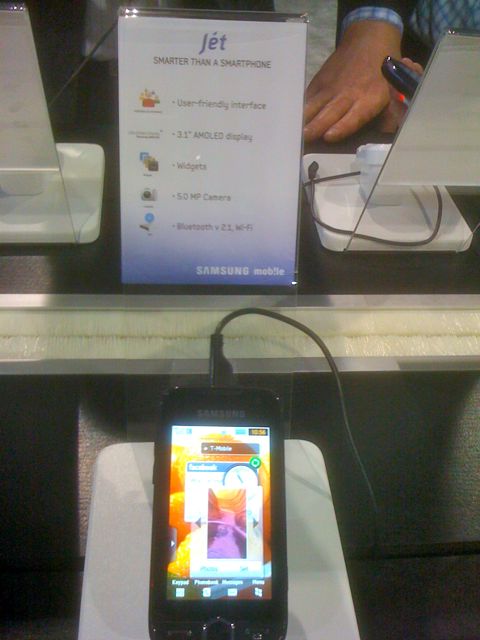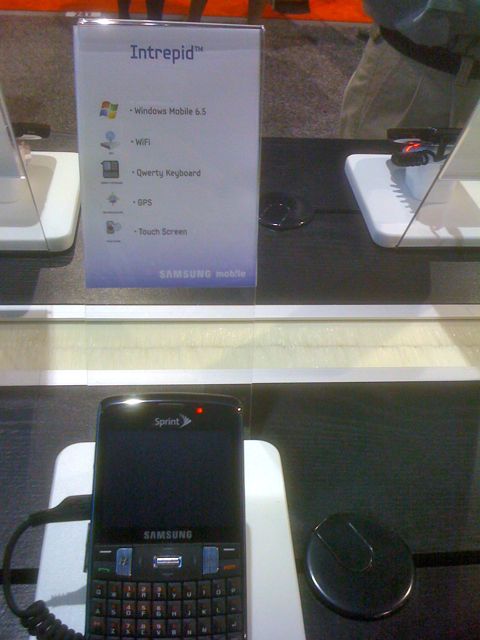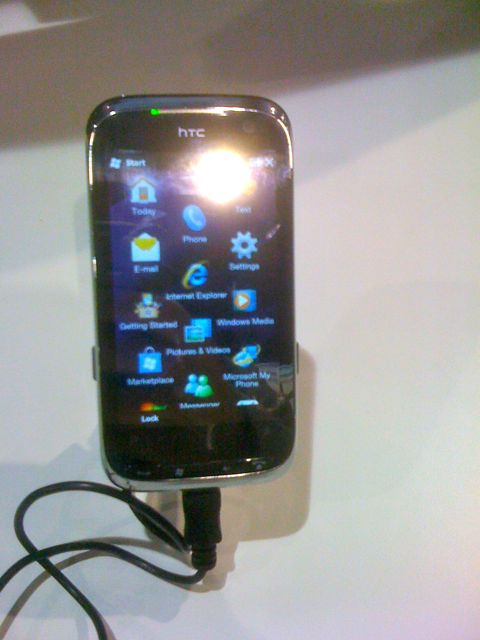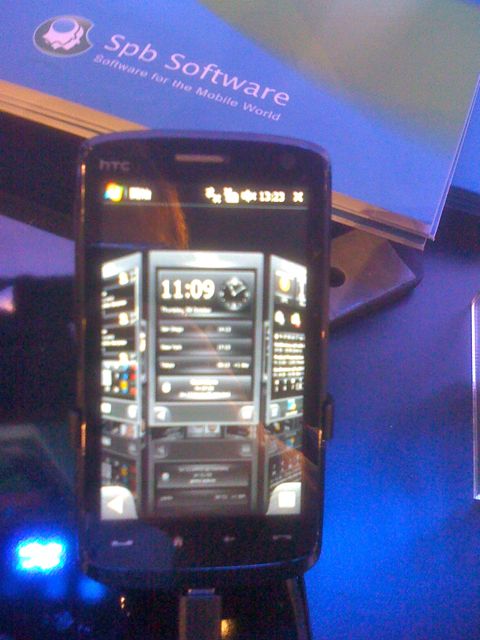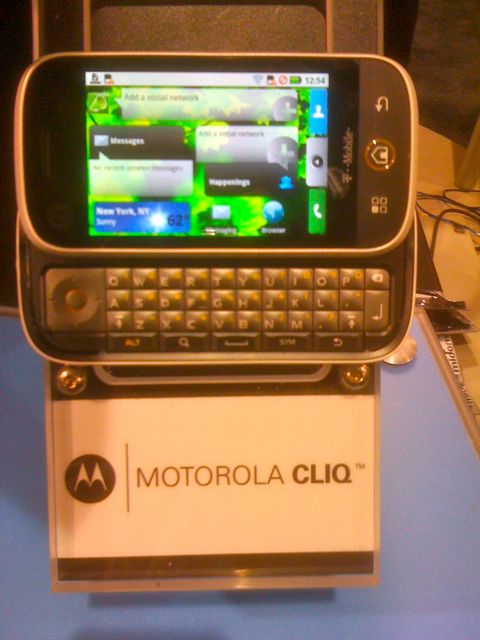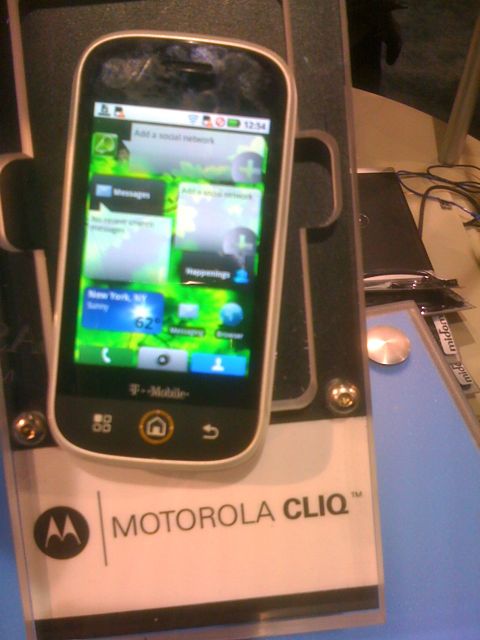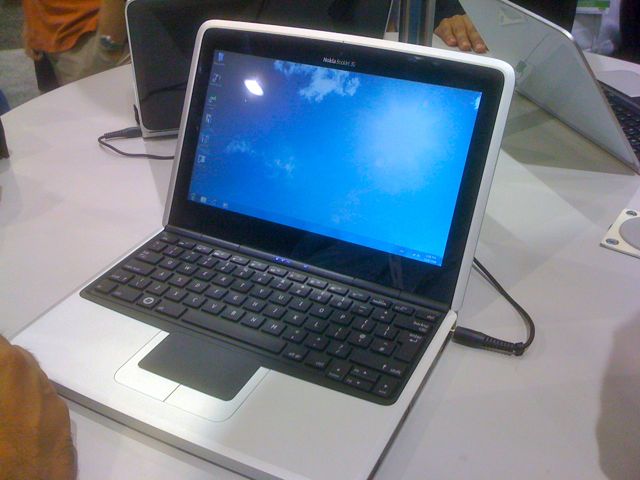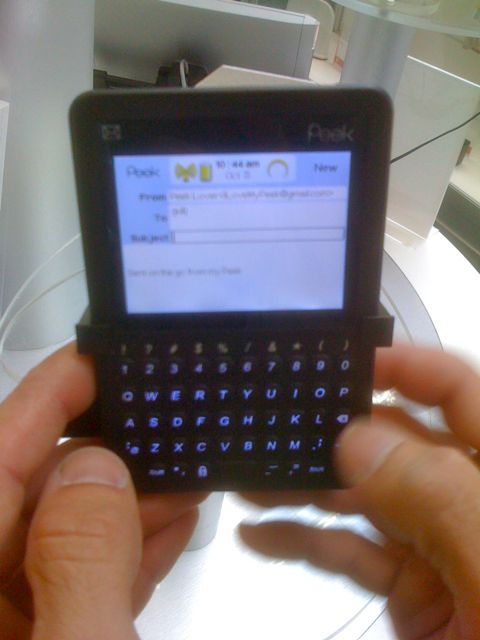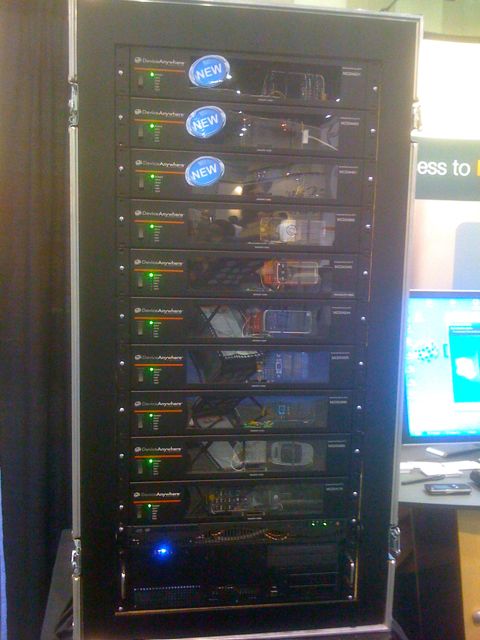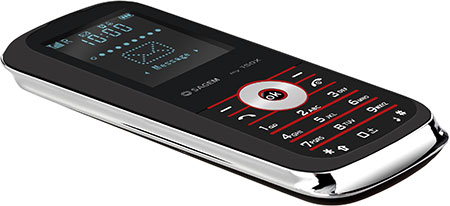You will be disappointed by your Android Market application sales…think twice before jumping on the little robot
Thomas Menguy | July 1, 2010Did you ear of any Android Market application success? Developer being rich? …
No you don’t, and if you develop an application sold on the AppStore and on the Android Market you know already that the Android Market has not taken off … yet (?)
So what’s going-on on the little robot side of the app planet?.
First the status : size of the Android Market in $$….
The AppStore opened in July 2008, when Android aired in February 2009, a 6 months advance for Apple…only.
During last WWDC2010 keynote Steve Jobs announced that so far Apple has paid out over $1 billion to app developers (their 70% cut for all sales).?
For Android, no official statement but Larvalab dug through AndroidZoom for us here :
Overall (as of June 18th, 2010), there were roughly 2,250 paid games and 13,000 paid non-game apps in the Market. The reason for the large number of apps vs. games is mainly due to the proliferation of spam apps, something which is much rarer in the games category. 4 games are in the 50,000-250,000 range, while 9 apps are in the 50,000-250,000 range. No paid app or game has yet exceeded 250,000 sales. Approximately 60 apps were in the 10,000-50,000 sales range, compared to approximately 45 games. It continues from there, with the vast majority of apps and games falling in to the ignominious “less than 50? bucket.
Overall we estimate that $6,000,000 has been paid out to developers for games, and $15,000,000 has been paid out on apps. That is a total of $21,000,000, nearly 1/50th the amount paid out to devs on iPhone.?
21M$ for around 15000 paid apps, you get it, for now there is no money is this market, why?
….but it is so small despite Android impressive numbers
There are now over 60 compatible Android devices from 21 OEMs in 48 countries. The devices are spread across 59 carriers.?
“In May (2010), we announced that there are 100,000 handsets every day. Today, that number is 160,000,”?
Check also those latest mobile internet OS share numbers from the latest (May 2010) admob report: An Android explosion
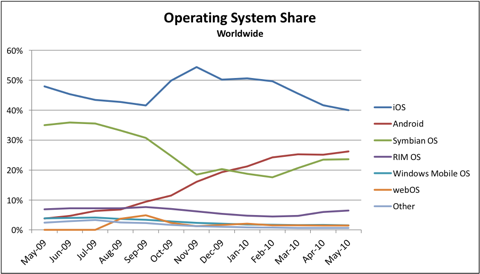
So why are you not making any money on Android market compared to the same application on the AppStore?
Android Payment mechanism:
- Google Checkout : you have to enter at least once your credit card information on the deice…many people still don’t trust their phone, and it’s a burden to do without any error
- No coupon, nor code : no flexibility
- from LarvaLabs again:
The Android Market is less flexible (than iTunes) – each purchase is a separate credit card charge… The credit card charge can even be denied without informing the user properly. It can also be disputed by the purchaser, resulting in expensive chargeback costs to the developer that are often even larger than the original purchase price of the app!??
Free culture:
It may sound childish to a business oriented reader, but how to explain this chart: (Android data found on AndroLib and iPhone from 148apps.bz)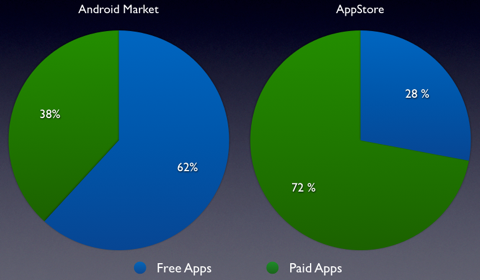 If you want to do a paid application on Android, big chance your competition will be a free one…and be sure that with more than 60% of free apps, user are accustomed … to not pay for apps!? Here is the proof:
If you want to do a paid application on Android, big chance your competition will be a free one…and be sure that with more than 60% of free apps, user are accustomed … to not pay for apps!? Here is the proof: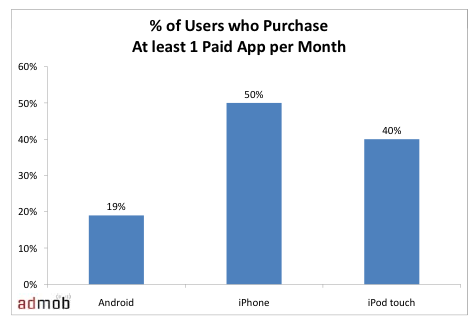 This Admob survey really backup this “free” vision on Android, very few users are returning Application buyers, compared to the AppStore.
This Admob survey really backup this “free” vision on Android, very few users are returning Application buyers, compared to the AppStore.
The big one : refund policy
Google developer distribution agreement ![]()
3.4 Special Refund Requirements. The Payment Processor’s standard terms and conditions regarding refunds will apply except the following terms apply to your distribution of Products on the Market.
Products that can be previewed by the buyer (such as ringtones and wallpapers): No refund is required or allowed.
Products that cannot be previewed by the buyer (such as applications): You authorize Google to give the buyer a full refund of the Product price if the buyer requests the refund within 48 hours after purchase.?
So yes you read it : a user has 2 days to ask you for a refund! And this is where a big chunk of you money is evaporating: some developers are saying 30 to 50% refund rate ( here , or here and here in the comments), on one of our cross platform app, which is selling well on Appstore we have a 60% refund rate on the android Market!
With such a refund rate, we may expect higher price than AppStore to compensate the loss: WRONG Apps price are lower on the Android Market ! (courtesy of Distimo)
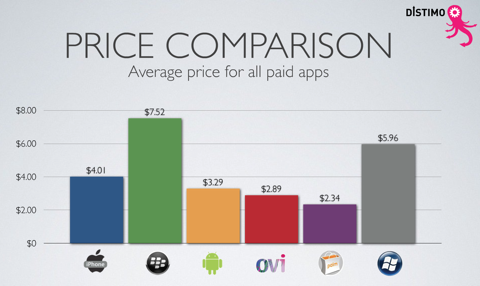
For games and many apps the retention rate is very low after 2 days (see the chart below from Pinch Media) that may explains those refund rates, of course casual gaming is seriously impacted.

Piracy (it is really easy to jailbreak an Android phone, so easy that is is being funny) may also of concern, because once downloaded it is possible to keep the app…even after the refund, with a VERY easy solution.
But why is there any refund policy in the first place?
The answer is simple: as Google has no application review process, only for the sake of looking more open and customer friendly, so a lot of crappy and buggy apps (ie crashing ones) are on the market today, so google NEEDs to allow the users to get a refund in case of a terrible application.
So it is kind of funny and ironical to have read all those rants against Apple and their AppStore review process by various developers and so called analysts when in reality the review process is probably the gate keeper of the AppStore revenue stream.
So what?
With a simple math, if number of potential buyers devices were the same on the AppStore and on the Android Market, due to the 30% refund rate, that 30% less people are buying one app per month, and in average the Application prices are 10% less on Android, you can only expect roughly 30% of the revenue from the Android Market compared to the AppStore … with the crazy assumption that you have the same potential number of customers!…and today this is really not the case.?
If your application is not profitable on the AppStore (big chance it is the case see here) , don’t count on the Android Market as a way to make your revenue explode, very very big probability that it won’t bring back any significant amount of money…as of today.
Feel free to share your experience in the comments! Do you see the same low revenue? Do you have and Android Market success story?
 Recently Samsung announced
Recently Samsung announced 